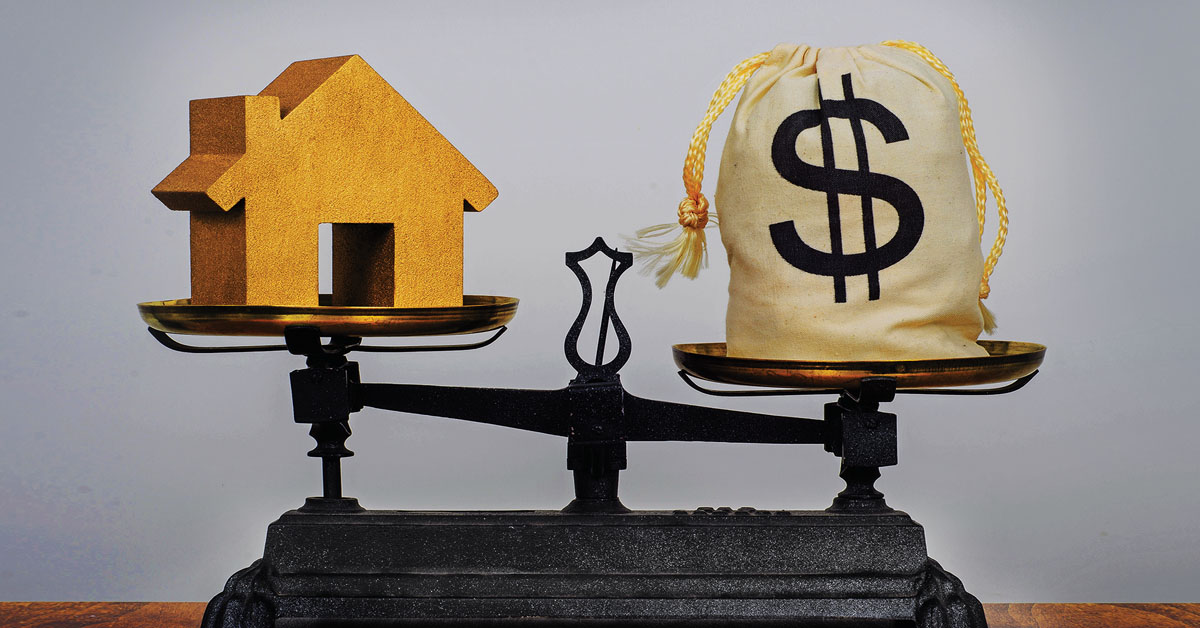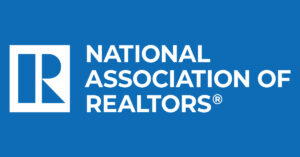An accurate, verifiable home appraisal remains an essential piece of the mortgage process. It offers assurances to lenders, borrowers and local jurisdictions about the home’s physical condition and current market value. The gold standard for single-family residential appraisals continues to be a full 1004 Uniform Residential Appraisal Report.
The 1004 report is conducted for several purposes, including home-purchase and refinance mortgages, and it is completed by a licensed or certified appraiser. It includes an interior and exterior inspection of the home along with an appraiser-provided opinion of value based upon one of three valuation methods (sales comparison, cost or income).
The sales-comparison approach uses sales of similar properties as a basis for a value opinion. The cost approach essentially assesses all improvements separately, subtracts depreciation and adds these costs to the value of the land. The income approach, meanwhile, is based on the amount of money a property can generate.
Under federal law, some mortgage transactions can be originated using evaluations rather than appraisals. The difference is that evaluations can be completed more quickly and are less costly, although they’re not accepted by all investors. Evaluations generally fall into the category of broker price opinions or comparative market analyses, and they are subject to individual state regulations. In recent years, depending on the character of the underlying loan transaction, a variety of alternate valuation methods have grown in prevalence, including methods that involve the professional appraiser to varying degrees.
With demand for appraisals at an all-time high, an originator may find that an alternate product will satisfy their needs, as well as those of the borrower and the secondary mortgage market. The greater the understanding an originator has of the requirements for valuation, the more easily they can find an appropriate solution.
Eased standards
The COVID-19 pandemic brought many of these alternate valuation protocols to the forefront, since it was difficult or impossible in many situations to conduct traditional appraisals that included physical inspections inside homes. During the height of the pandemic, appraisers were often reluctant to go into homes while homeowners didn’t want visitors.
Early in the pandemic, with an understanding that there would be instances when a lender would be unable to obtain an interior inspection of a subject property, the government-sponsored enterprises (GSEs) Freddie Mac and Fannie Mae introduced flexibilities in the loan origination process. These included provisions for alternate appraisals, which allowed desktop and exterior-only inspection appraisals (form 2055) in lieu of the traditional interior and exterior inspections on certain mortgage transactions.
In many instances, the selection of an appraisal product will depend on the internal credit policies of the lender and investor, which can be complex.
Under these unique circumstances, there also was discussion of virtual inspections, including for the verification of renovations, which could indicate the potential influence of technology on appraisal modalities in the future. The GSEs notified lenders that “appraisers may use virtual inspection methods to augment the data and imagery used for either a desktop appraisal or an exterior-only appraisal. All traditional appraisals require the appraiser to perform a complete onsite interior and exterior inspection of the property. A virtual inspection cannot be used as a substitute for the on-site interior and exterior inspection for a traditional appraisal.”
Effective this past June, however, the GSEs ended these exemptions. Fortunately, any reluctance by appraisers and inspectors to enter homes had nearly disappeared at this time.
Alternative methods
It’s important for mortgage originators to understand alternate valuations and the role of full-service appraisal management companies (AMCs)as a continued, vital resource in the lending process. Realistically, there’s a place for the appropriate use of alternate valuations in the marketplace.
Here is a look at some of the alternative valuation methods. Streamline and desktop alternate valuations require direct appraiser participation.
• Streamline appraisal. Completed by a credentialed appraiser, this report includes a physical inspection of the property’s exterior (done by a home inspector), as well as comparable photos and price-trend information for the property and local market. This approach “decouples” the observation and analysis functions of appraisal. Exercised with appropriate supervision of inspectors in the field, it allows for an efficient and productive use of appraiser resources.
• Desktop appraisal. This is an appraisal of limited scope completed by a licensed appraiser but without a physical inspection of the subject property. This report will include a property and site overview, itemized details of the subject property, at least three comparables, the appraiser’s final reconciliation and their comments about the neighborhood.
• Automated valuation model (AVM). This provides a point-of-value estimate for a property by using mathematical modeling and a database. Home Value Explorer is a stand-alone AVM product generated by Freddie Mac. At present, there are an additional 20 AVMs in regular use, giving lenders a broad selection of products from which to choose.
• Executive value report (EVR). It delivers comprehensive property details, including the sales history and a suitability score, to rank the subject property against its 10 closest, algorithmically selected comparable properties. The EVR also includes a three-year value forecast for both the subject property and the market environment.
• Property condition report. It ensures that the property is in typical condition for the neighborhood, especially after a disaster or a long-term vacancy. It can be combined with an EVR or AVM.
• Broker price opinion. The estimated value of a property as determined by a licensed Realtor, who is governed by individual state regulations.
Appropriate risk
There are critical factors in the selection of an appraisal product for residential home lending that originators should understand. These include the formal requirements or guidelines of the lender as well as the requirements of the mortgage type, e.g., a conventional loan as opposed to a Federal Housing Administration loan, or a purchase loan as opposed to a refinance. You also should account for the requirements of any secondary market player that will be purchasing individual loans for securitization.
In many instances, the selection of an appraisal product will depend on the internal credit policies of the lender and investor, which can be complex. With these factors in mind, originators can choose the appropriate appraisal for originating a home loan and, in consultation with an appraisal management company, best moderate risk.
For example, the streamline appraisal relies on two professionals, the home inspector and the appraiser. The inspector first completes the exterior inspection of the home. Once the inspection is documented, an appraiser is employed to complete the report from the inspection details. While both the inspector and the appraiser work for the lender or AMC, their activity is conducted independently. The risk is a variation in results, but over time, appraisers will develop trusted working relationships with individual home inspectors. This enhances the reliability of the final appraiser-generated work product.
In other cases, originators and lenders should tread cautiously. As another example, automated valuations are continuing to mature in the marketplace. Regardless, these models still rely on a selection of aggregate data, the timeliness of this data and the fundamental mathematical modeling upon which the valuation relies. There are many competing products in the marketplace, which reflects their complexity. AMCs will typically offer a number of these products and help lenders choose the most appropriate one for the subject loan.
In addition to its role in appraiser selection, supervision, and regulatory and quality audits for traditional appraisals, today’s full-service AMC will be able to offer a full range of alternate valuation products. Many AMCs will be able to work with lenders to develop custom products, including new or hybrid report types, as well as a comprehensive review process for its work product. These options can be coordinated within the full range of an AMC’s products and services.
● ● ●
Overall, the evolution of alternate valuation methods for mortgage lending demonstrates the creativity of the financial marketplace. This shows how appraisal management companies are working with the mortgage lending industry to develop new products in response to their needs while ensuring the most accurate and verifiable products. ●
Author
-

Michael Dresden is the president of Dart Appraisal, an independently owned and nationwide appraisal management company. Established in 1993, Dart has continued to be an appraisal management leader for 27 years. As the chief integrator for all branches of Dart Appraisal, Dresden works closely with the company’s leadership team to create and fulfill a comprehensive strategic plan that delivers consistent, reliable and customized service to a broad range of clients throughout the U.S. Learn more at dartappraisal.com.




